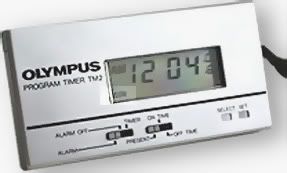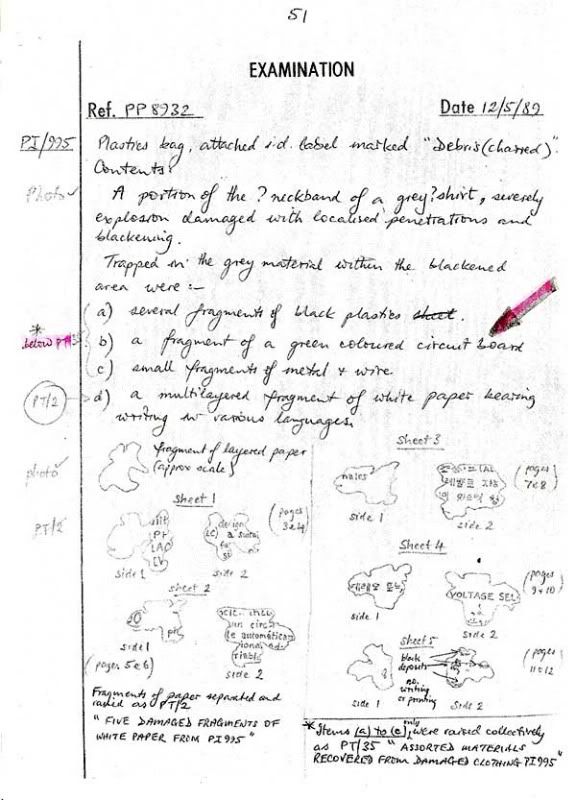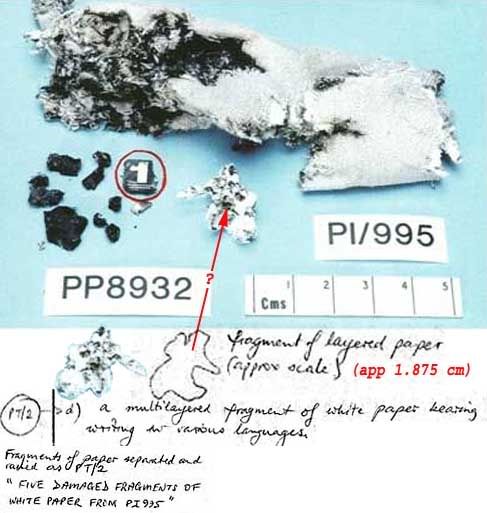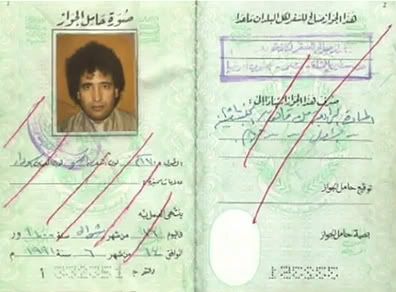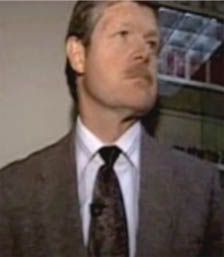Father Patrick Keegans, longtime critic of the official story and core member of the Justice for Megrahi campaign, recently sent out an open letter urging the families of American victims of Pan Am 103 to take seriously the genuine questions and back a public inquiry into Abdelbaset al-Megrahi's conviction. This effort was reported in an article from the Scotland Herald, which also featured a rebuff from one of the Americn family members appealed to.
"But Ted Reina, whose daughter Jocelyn was a flight attendant on the aeroplane, said an inquiry would reopen old wounds."Mr. Reina's dismissals shows little apparent grasp of what Father Keegans was asking for (see the text of his open letter here). As I read it, in my own words, the essence is something like "even though you can't see it over there for whatever reason, we can over here and we're not insane or stupid. Rational, involved, honest, hurting people genuinely feel deprived of truth and justice in the name of the far-fallen. Why can no one among the American families take that seriously even for a moment and offer us any support?"
The journalist, Helen McArdle, said "reopen old wounds," taking some punch out of the following points to Mr. Reina and those of like mind. But there are clearly times when it's wise to do just that. Say your surgeon leaves half his sandwich inside your abdomen when he sews you up following a major surgery. No wonder you've been feeling so ill, and if you want to live, guess what? It's time to re-open old wounds.
Good example or not, Father Keegans and many others seriously feel that something is deeply wrong with this case. It's not denial or fevered imagination telling them this, but the facts themselves. The facts presented and those hidden, all considered in detail, and weighed critically, show entirely too much grounds for doubt to ethically continue supporting the investigation and verdict without reservation. No matter how unlikely or absurd it might seem to those with the wounds they consider closed, many are feeling constantly torn open and unhealed. And they're the better-informed.
Next I turn to the quotes directly from Mr. Reina:
“I see no good from opening an inquiry into the Lockerbie bombing except for the lawyers lining their pockets."You're not letting yourself see very far. The real murderers of your daughter may well have never been brought to justice, because of this farce blocking the way. Professor Robert Black recently called the unreasonable conviction a "logjam," being used as an "excuse" by the UK (and US) governments to prevent another look, which they both greatly fear [source]. It's true. Not a single piece of relevant evidence against Megrahi can be shown to have all of these traits that real honest evidence usually has:
- physically plausible
- logically consistent with a remotely sane plan
- properly examined and documented
- obtained without entangling million-dollar dreams
- obtained from people who aren't chronic liars (like Bollier and Giaka)
- read properly without undue dismissal of key factors like dates of key events
- no contrary facts that were simply brushed aside with no good reason
Americans may be okay with all of this, but they shouldn't be so judgmental and dismissive against those who do in fact have a problem with a sham "investigation" calling itself justice and good metaphorical surgery. The murder of 270 human beings was supposed to be investigated right, but it wasn't. It was supposed to be tried reasonably, but wasn't. These errors were supposed to be resolved in the appeals process, but weren't. That leaves us with it still needing to be fixed one way or another. It might be gotten right for the history books in a few more decades, or possibly, with some courage and vision, tenacity and luck and grace, even in news articles during our own lifetimes.
American family members of PA103 victims: when will you have the guts to shake off the trance and entertain even the 1% possibility that the verdict could be inherently wrong? Even 1% is worth considering carefully, don't you think? If anyone can manage some open-mindedness and re-examination, on a trial basis at least, you will need to stay as calm and zen as possible. If you're not capable of a fearless and level-headed re-examination, then there's no point going through the charade. Continue on as you were.
"I wonder how many of those who call for an inquiry actually saw the trial or watched it on closed circuit TV as my wife and I did."At least seven familiy member that close or closer to the precedings, and several others like a primary UN observer at the trial (Dr. Hans Köchler) and the Scots law professor (Black) who helped arrange the trial, have firmly questioned or dismissed the old verdict. Non-US, non-entranced family members include Jean Berkley, Matt Berkley, Martin Cadman, Pamela Dix, Marina DeLarracoechea, John Mosey, and Jim Swire. Dr. Swire at least was physically there at Camp Zeist and followed intently. He even read between the lines enough to see, then and there ahead of the growing crowd, that the two Libyans were innocent, that the PFLP-GC for Iran had bombed the flight, from Heathrow. He was shocked enough at the time of the verdict he physically fainted.
Mr. Reina: why were you, and why do you remain, so accepting?
Myself, I was completely unaware at the time, but since then have read a lot of the transcripts - very carefully in spots - plus several books, official reports, online articles, and documentary videos. And I have been talking this all out with others at the JREF skeptics forum, where rationalism wins and no one at all can support the official story in the needed depth. I and my fellow conversants totally agree with Dr. Swire and, while having lost no one myelf, I feel deeply wrapped up in the issue and driven like he is to struggle after the real truth, against all opposition and prejudice. Therefore I've made myself one of the very few Americans of any class to put my name on the signatory list for Justice for Megrahi, along with Dr. Swire, Father Keegans, Professor Black, and many others.
So, Mr. Reina and those who have so far shared his views, can you please re-consider whether this isn't maybe a time for some courage, to show a little support for those who suffer with wounds that were never closed at all? You've got comrades still left, as Father Keegans recently put it, "back on 21st December 1988, in the darkness." How long will you turn your backs on them, repeating the old fingers-in-ears mantras about why we have found the truth?
The "normal" (American) relatives and their political patrons and mainstream media are all quite sure of that, it seems. But isn't the damn unanimity of of it just a little unnerving, people? Don't you ever get a twinge of "hey, why don't we have even one Jim Swire over here?" They have several in a much smaller pool, but in the land of the free, home of the brave, and home of the left-behind loved-ones of 189 dead Americans, there's nada for questions. Since when did we Americans get so conformist in our thinking?
"For the families who have had years of anguish I see only more pain."Even though your wounds are closed up and the likelihood of a re-opening seems slim so far? I'm confused now. But I don't disagree. I imagine there are two different major types of pain prevailing on each side of the Atlantic. There's the dull distant itching of amputated truth on this side, and a more acute anguish on the other, relentlessly prolonged through lack of medical attention. Is there no possibility of changing places or sharing a little of another's pain? You could reach out to explain to Dr. Swire and the rest of those needing closure, in detail, why it's really all solved, and help end their delusion? Or better yet, to realize they know as much as or more about it than you and their questions are valid, and open your heart and mind to the admittedly scary possibility they're right.

